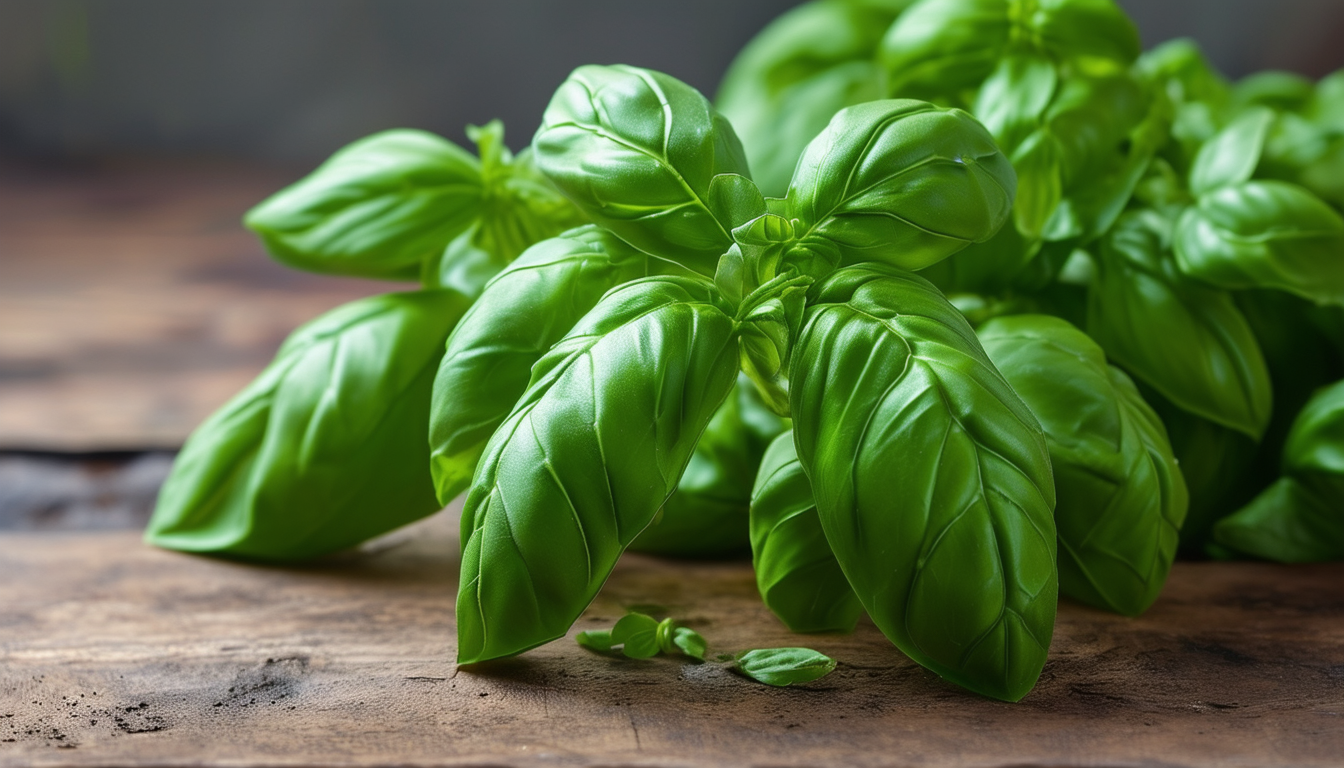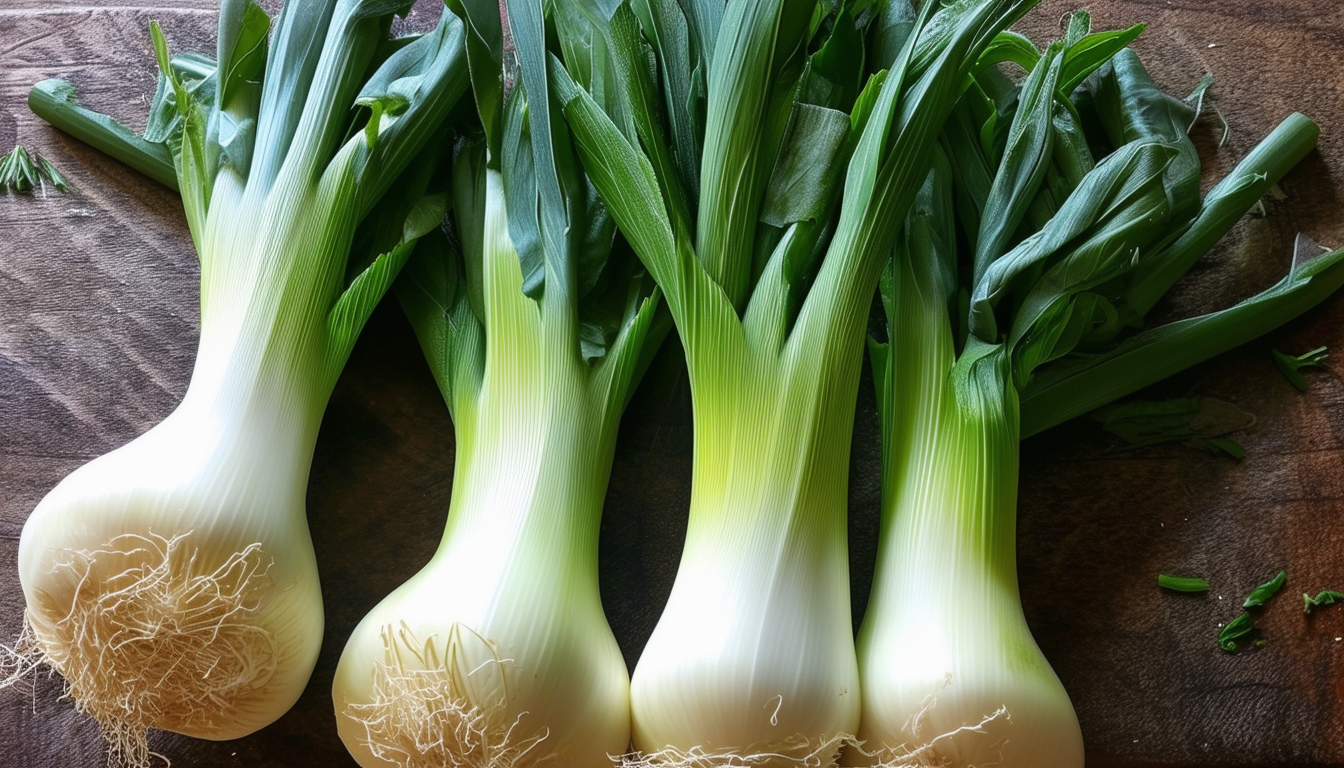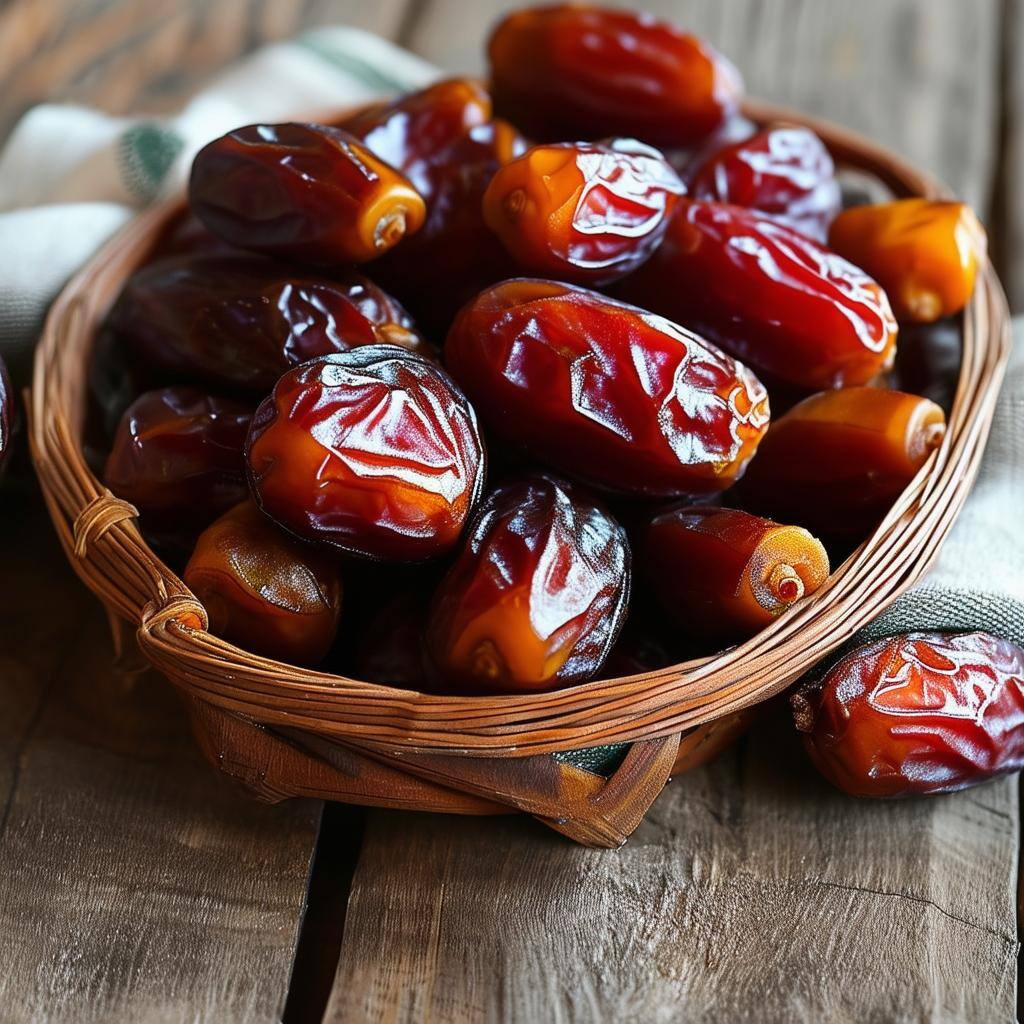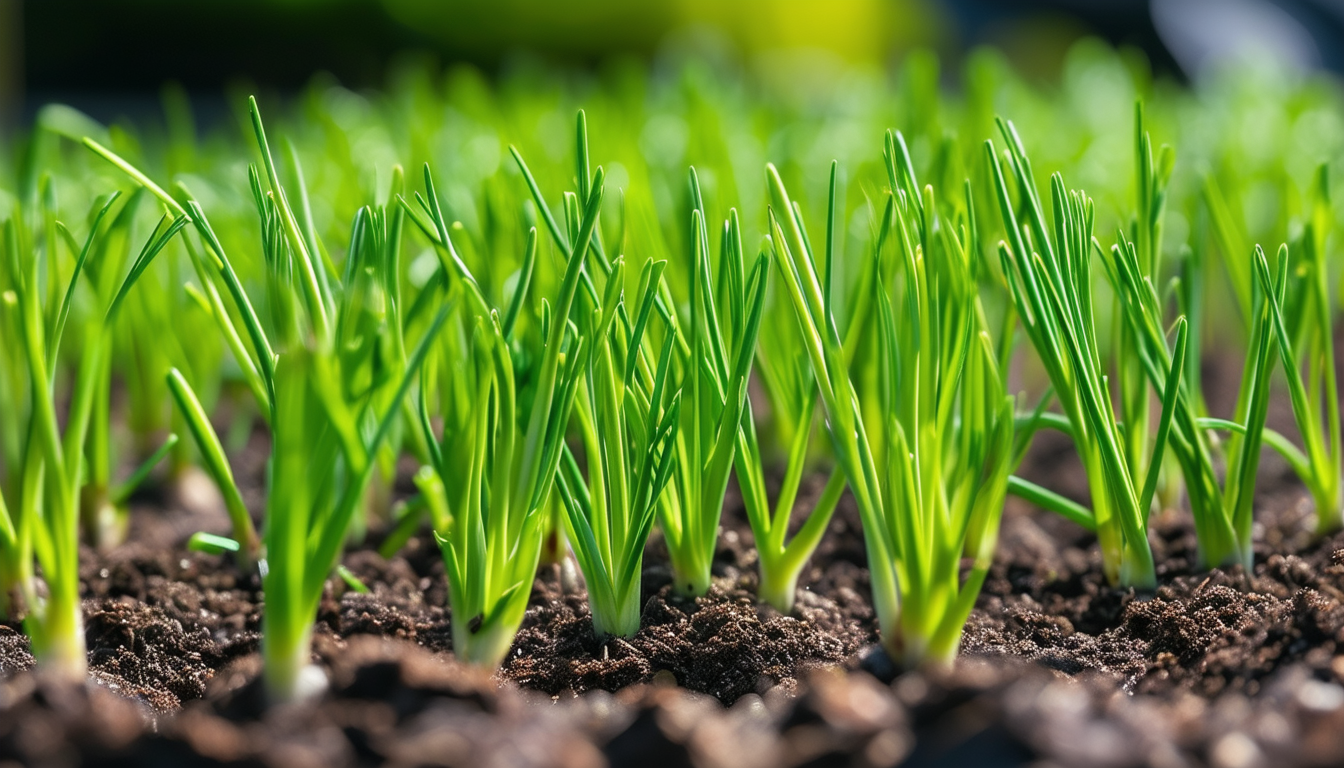
Unlock the secrets to growing lush, aromatic basil right from your windowsill with our comprehensive indoor germination guide.
Intro - Choosing the Right Basil Seeds for Indoor Planting
Selecting the right basil seeds is the first step to successful indoor planting. Opt for seeds from a reputable source to ensure high-quality germination. Varieties like Genovese, Thai, and Lemon basil are popular choices for indoor gardening due to their robust growth and aromatic leaves.
Consider the space you have available and the type of basil you enjoy the most. Whether you prefer the sweet, classic taste of Genovese or the unique flavors of Thai basil, choosing the right seeds will set the stage for a fruitful indoor garden.
Preparing Your Indoor Growing Environment
Creating an ideal environment for your basil seeds is crucial. Ensure you have adequate light, as basil thrives in bright conditions. A south-facing window is perfect, but if natural light is limited, consider using grow lights.
Maintain a warm temperature, ideally between 70-75°F (21-24°C). Use seed trays or small pots with good drainage and fill them with a high-quality seed starting mix. Proper preparation of your indoor growing environment will give your basil seeds the best start.
5 Step Seed Germination Process
1. **Moisten the Soil:** Lightly water the seed starting mix before planting. The soil should be damp but not waterlogged.
2. **Plant the Seeds:** Sow the basil seeds about 1/4 inch deep into the soil. Planting too deep can hinder germination.
3. **Cover and Warm:** Cover the seeds lightly with soil and place a plastic cover or a damp paper towel over the tray to maintain humidity. Keep the tray in a warm spot.
4. **Monitor Moisture:** Check the soil daily to ensure it remains moist. Mist with water if it begins to dry out.
5. **Wait for Sprouts:** Basil seeds typically germinate within 5-10 days. Once sprouts appear, remove the cover and place them under direct light.
Caring for Basil Seedlings Indoors
Once your basil seeds have sprouted, it's important to provide consistent care to encourage healthy growth. Ensure they receive at least 6-8 hours of light daily. If natural light is insufficient, supplement with grow lights.
Water the seedlings at the base to avoid wetting the leaves, which can lead to mold. Keep the soil consistently moist but not soggy. As the seedlings grow, you may need to thin them out to prevent overcrowding, allowing each plant to thrive.
Troubleshooting Common Germination Issues
If your basil seeds aren't germinating, there are a few common issues to check. Ensure the soil temperature is warm enough, as basil seeds need warmth to sprout. Too much or too little water can also affect germination.
If mold appears, it could be a sign of overwatering or poor air circulation. Adjust your watering habits and ensure your growing area has good ventilation. Addressing these common problems can help you achieve successful germination.
Height, Spread & Harvest time
Indoor basil plants typically reach a height of 12-24 inches and can spread about 12 inches wide. The growth rate will vary depending on the variety and growing conditions.
You can start harvesting basil leaves once the plant has at least 6-8 leaves. Regular harvesting encourages bushier growth and prevents the plant from flowering too soon, which can reduce the quality of the leaves.
Common pests & diseases
Indoor basil plants can be susceptible to pests like aphids, spider mites, and whiteflies. Regularly inspect your plants and use insecticidal soap or neem oil if pests are detected.
Fungal diseases such as downy mildew and root rot can also affect basil. Ensure good air circulation and avoid overwatering to prevent these issues. Removing affected leaves promptly can help keep your basil healthy.
Soil, Feed & Fertilisers
Basil prefers well-draining soil rich in organic matter. A high-quality potting mix designed for herbs is ideal. Additionally, feeding your basil with a balanced, water-soluble fertilizer every 4-6 weeks can promote lush growth.
Avoid over-fertilizing, as this can lead to excessive leaf growth with less flavor. Organic options like compost tea or diluted fish emulsion can provide gentle nourishment.
Best Varieties
There are many basil varieties to choose from, each with its unique flavor profile and growth habits. Genovese basil is a classic choice with a sweet, aromatic flavor, perfect for pesto and Italian dishes.
Thai basil has a distinct anise flavor, ideal for Asian cuisine. Lemon basil offers a citrusy twist, great for adding a refreshing note to salads and beverages. Explore different varieties to find the ones that best suit your culinary preferences.
FAQ
How long does basil take to grow from seed indoors? Basil seeds typically germinate in 5-10 days, with full growth in 3-4 weeks.
Should I soak basil seeds before planting? Soaking is not necessary but can speed up germination.
Does basil need darkness to germinate? Basil seeds germinate in light, so no darkness is needed.
Are basil seeds hard to germinate? With proper care, basil seeds are relatively easy to germinate.
How many basil seeds per hole? Plant 2-3 seeds per hole and thin out the weaker seedlings.
Which is better, chia seed or basil seeds? It depends on your needs; basil seeds are for growing plants, while chia seeds are typically consumed.
Should you water basil seeds everyday? Keep the soil consistently moist but not soggy, so daily watering may be needed depending on conditions.
Can I plant basil seeds directly in soil? Yes, you can plant basil seeds directly in soil as long as conditions are suitable.
How big should basil seedlings be before transplanting? Transplant when seedlings have 2-3 sets of true leaves.
How can I speed up basil germination? Ensure warm soil and adequate moisture to speed up germination.
Is basil hard to grow indoors? Basil is relatively easy to grow indoors with proper care.
How do you pick basil to encourage new growth? Harvest leaves from the top to encourage bushier growth.
Why are my basil seeds growing so slowly? Check for adequate light, warmth, and moisture.
Do basil seeds have side effects? Basil seeds are generally safe but consult a healthcare provider for any concerns.
What is the best fertilizer for basil? A balanced, water-soluble fertilizer used sparingly.
Does basil like full sun or shade? Basil prefers full sun but can tolerate partial shade.
How do you activate basil seeds? Moisten the soil and provide warmth to activate germination.
Should you water basil from the top or bottom? Watering from the bottom helps prevent mold and diseases.
What is the secret to growing basil? Consistent care, adequate light, and proper watering.
Why won't my basil seeds sprout? Check for proper temperature, moisture, and seed quality.
How do you make basil seedlings bushy? Regular pruning and proper spacing encourage bushiness.
How to repot basil from a supermarket? Gently transfer to a larger pot with fresh soil.
Can you bury leggy basil seedlings? Yes, bury them deeper to support growth.
What is the best potting mix for basil? A well-draining, nutrient-rich mix.
Does basil like deep or shallow pots? Basil does well in shallow pots with good drainage.
What to do when a basil plant flowers? Pinch off flowers to maintain leaf quality.
Can you separate basil seedlings? Yes, carefully separate and replant them.



